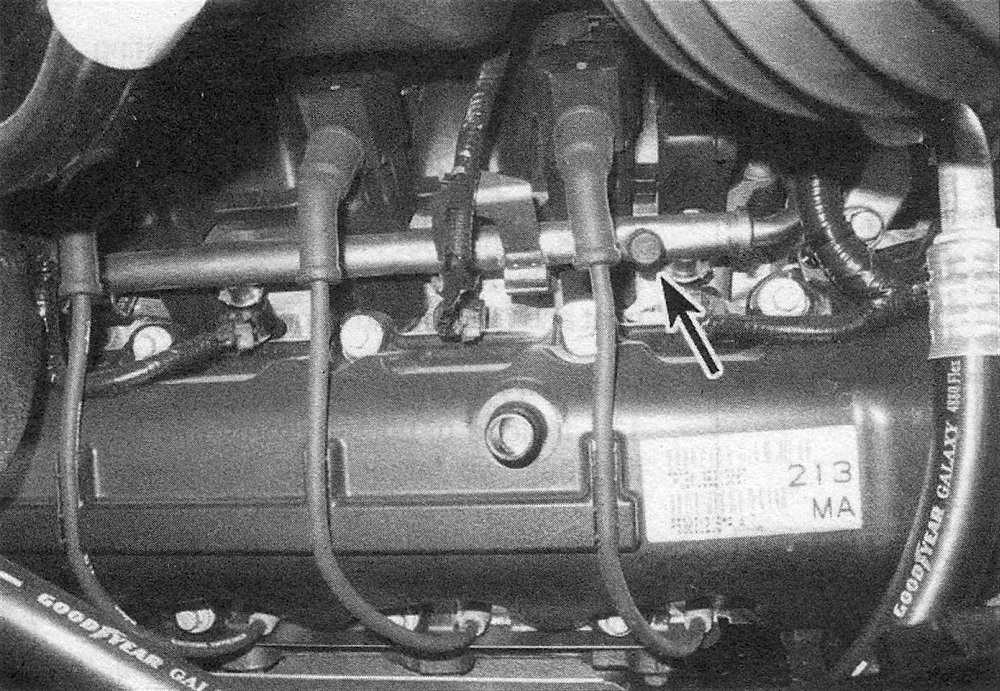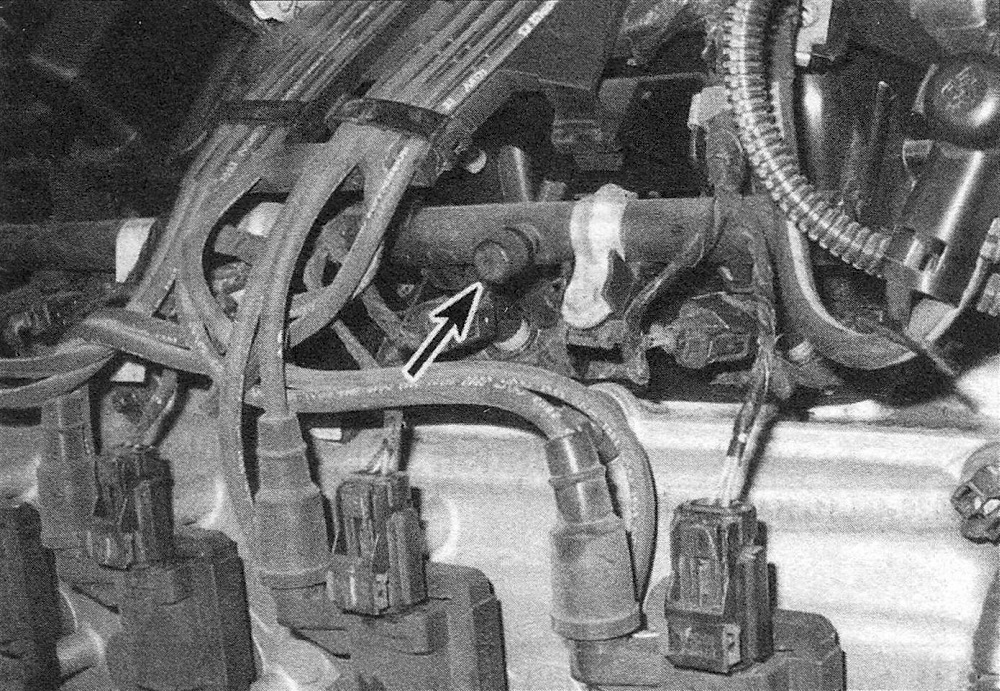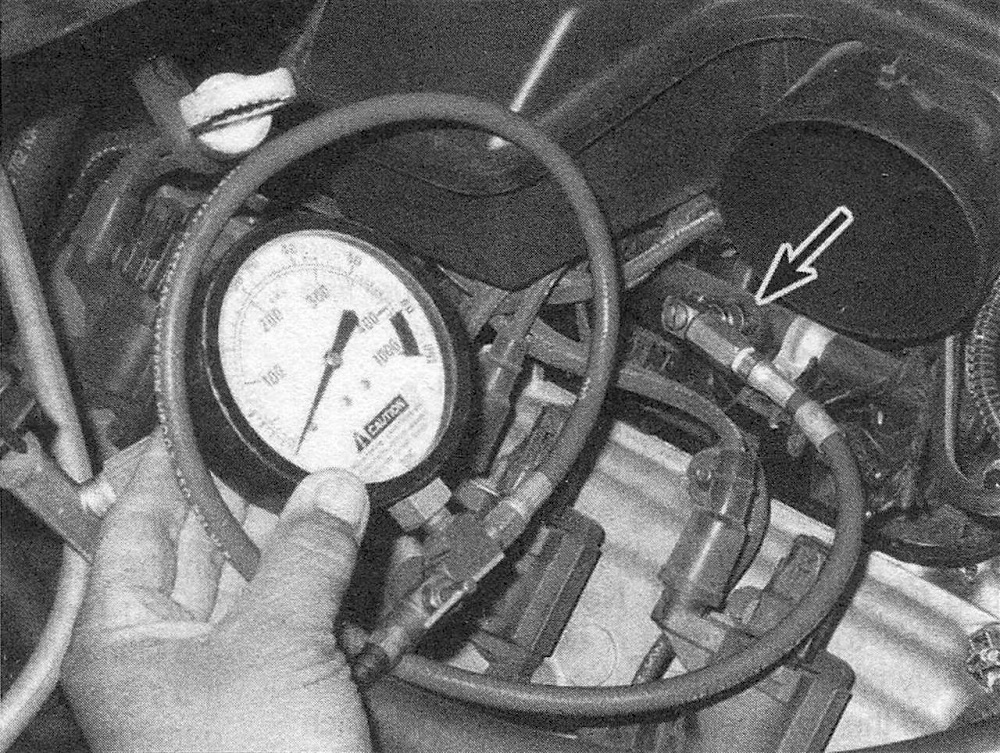Fuel pump/fuel pressure – check
Warning: Gasoline is extremely flammable, so take extra precautions when you work on any part of the fuel system.
Preliminary check
1. The fuel pump is located inside the fuel tank, which muffles its sound when the engine is running. Turn the ignition key to ON (not START) and listen for the sound made by the fuel pump as it’s briefly turned on by the Powertrain Control Module (PCM) to pressurize the fuel system. You will only hear it for a second or two, but that sound tells you that the pump is working. If you can’t hear the pump from inside the vehicle, remove the fuel filler cap and have an assistant turn the ignition switch to ON while you listen for the sound of the pump. If the pump does not come on when the ignition key is turned to ON, check the fuses in the underhood fuse/relay box.
Note: There is no serviceable fuel pump relay; it is an integral part of the underhood fuse/relay box, which the manufacturer calls the Totally Integrated Power Module (TIPM).
If the fuses are okay, check the wiring back to the fuel pump (Fuel tank – removal and installation if you need help locating the fuel pump electrical connector). If the fuse, relay and wiring are okay, the fuel pump is probably defective. If the pump runs continuously with the ignition key in its ON position, the PCM or TIPM is probably defective. Have the PCM and TIPM checked by a dealer service department or other qualified repair shop.
Pressure check
Note: In order to perform the fuel pressure test, you will need a fuel pressure gauge capable of measuring high fuel pressure. You’ll also need the correct fittings or adapters to attach it to the fuel rail.
2. Relieve the fuel system pressure (Fuel pressure relief procedure).
3. For this check, you’ll need to obtain a fuel pressure gauge with a hose and an adapter suitable for connecting it to the Schrader valve type test port on the injector fuel rail (see illustration).
Note: If your engine is not equipped with a test port, you’ll have to fabricate a gauge adapter or have the system checked by a shop equipped with the proper tools.
3.3 To check the fuel pressure, you’ll need to obtain a fuel pressure gauge capable of reading the fuel pressure within the specified operating system pressure, a hose to connect the gauge to the fuel pressure test port and an adapter suitable for connecting the hose to the test port
4. The test port is located on the fuel rail (see illustrations). If you can’t access the fuel pressure test port, remove the air intake duct and, if necessary, the air resonator box.
3.4a Fuel pressure test port location (4.7L V8 engines shown, 3.7L V6 similar)
3.4b Fuel pressure test port location (Henri engine)
5. Unscrew the threaded cap from the test port and connect the fuel pressure gauge hose to the test port (see illustration).
3.5 Unscrew the cap from the test port and connect the fuel pressure gauge hose to it using an adapter that fits the Schrader valve
6. Start the engine and check the pressure on the gauge, comparing your reading with the pressure listed in this Chapter’s Specifications.
7. If the fuel pressure is not within specifications, check the following:
a) Check for a restriction in the fuel system (kinked fuel line or plugged fuel pump inlet strainer). If no restrictions are found, replace the fuel pump module (see Section Fuel pump and fuel level sending unit module – removal and installation).
b) If the fuel pressure is higher than specified, replace the fuel pump module (Fuel pump and fuel level sending unit module – removal and installation).



